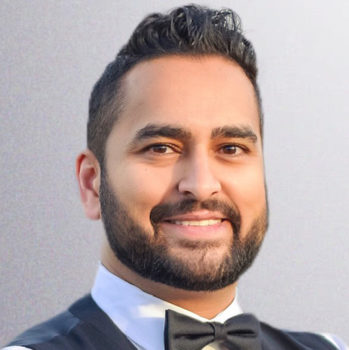Glaucoma is a complex disease in which optic nerve damage leads to gradual and permanent vision loss. It is a leading cause of blindness. Early detection by your Optometrist and proper treatment are critical to preventing irreversible optic nerve damage and impaired vision.
In eyes with glaucoma, the fluid drainage is either reduced or obstructed, which increases pressure inside the eye to a dangerous level. If the increased pressure damages the optic nerve, it can cause blindness. This is why checking eye pressure is necessary.
What are the different types of glaucoma?
There are various types of glaucoma, but the three principal types include:
- Open-angle glaucoma. The angle is open in the eye, but it doesn’t function correctly. This prevents the fluid inside the eye from draining and causes increased pressure.
- Closed-angle glaucoma. The angle is blocked in the eye, preventing fluid drainage and building pressure. The blockage can occur suddenly, creating severe pain and vision loss.
- Congenital glaucoma. A defect in the angle of the eye at birth slows normal fluid drainage. Symptoms include cloudy eyes, light sensitivity and excessive tearing.
In some people, corticosteroid medications used to manage eye infections and other conditions can contribute to secondary glaucoma.
Who is at risk for glaucoma?
High eye pressure by itself does not indicate that you have glaucoma, although it is a significant risk factor that your Optometrist will use to ascertain your chances of developing the condition. While anyone can develop glaucoma, risk increases with age. Also, some people face a higher risk of developing the disease than others. Some of the most relevant risk factors include:
- Elevated eye pressure
- Thin cornea
- African ancestry
- Nearsightedness
- Family history of glaucoma
- Past injuries to the eyes
Your Optometrist will take into consideration each of these circumstances before determining if you are a candidate for glaucoma treatment. Regardless, if you exhibit any risk factors, you should be monitored regularly to detect the signs of potential damage to the optic nerve and referred to a specialist.















